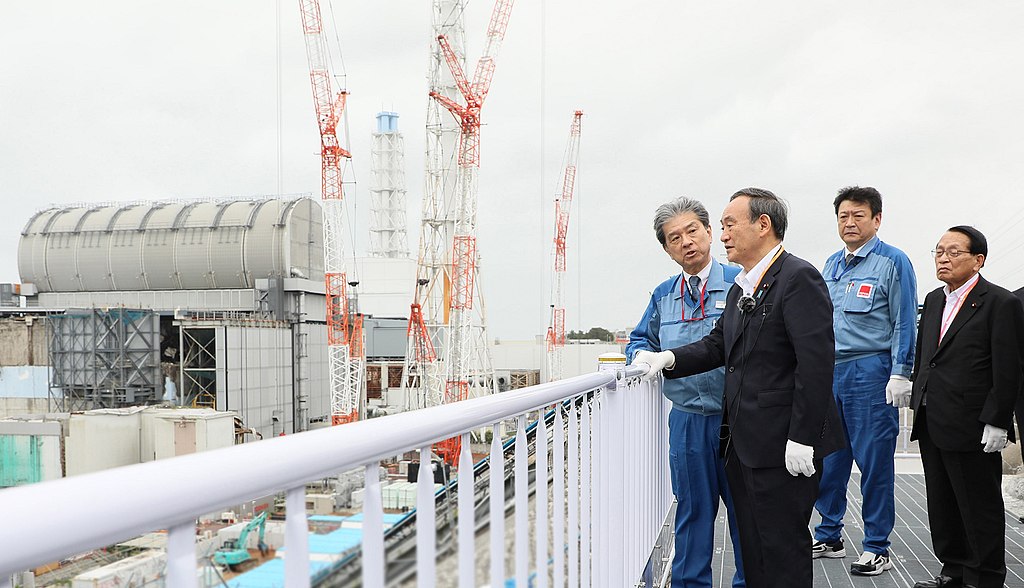Excerpt:
Radiation in the water will be diluted to almost-background levels, but some researchers are not sure this will be sufficient to mitigate the risks.
Despite concerns from several nations and international groups, Japan is pressing ahead with plans to release water contaminated by the 2011 meltdown of the Fukushima Daiichi nuclear power plant into the Pacific Ocean. Starting sometime this year and continuing for the next 30 years, Japan will slowly release treated water stored in tanks at the site into the ocean through a pipeline extending one kilometre from the coast. But just how safe is the water to the marine environment and humans across the Pacific region?
How is the water contaminated?
The power station exploded after a devastating earthquake and subsequent tsunami crippled the coastal plant, overheating the reactor cores. Since then, more than 1.3 million cubic metres of seawater have been sprayed onto the damaged cores to keep them from overheating, contaminating the water with 64 radioactive elements, known as radionuclides. Of greatest concern are those that could pose a threat to human health: carbon-14, iodine-131, caesium-137, strontium-90, cobalt-60 and hydrogen-3, also known as tritium.
Some of these radionuclides have a relatively short half-life and would already have decayed in the 12 years since the disaster. But others take longer to decay; carbon-14, for example, has a half-life of more than 5,000 years.
How are they treating the water?
The contaminated water has been collected, treated to reduce the radioactive content and stored in more than 1,000 stainless steel tanks at the site. The power-station operator, Tokyo Electric Power Company (TEPCO), so far has used what it describes as an advanced liquid-processing system (ALPS) to treat the water. TEPCO says the water undergoes five processing stages of co-sedimentation, adsorption and physical filtration. The plan for disposing of the radioactive waste created in the ALPS process will be “gradually revealed as the decommissioning process progresses”, according to communication the Permanent Mission of Japan to the International Organizations in Vienna sent to the International Atomic Energy Agency (IAEA).
The ALPS process removes enough of 62 of the 64 radionuclides to bring their concentration below Japan’s 2022 regulatory limits for water to be discharged into the environment. These limits are based on recommendations from the International Commission on Radiological Protection.
But that process does not remove carbon-14 and tritium, so the treated water needs to be diluted further to less than one part per 100 parts of seawater. TEPCO says that the resulting concentration of tritium is around 1,500 becquerels (a measure of the radioactivity of a substance) per litre — around one-seventh of the World Health Organization’s guidelines for tritium in drinking water. The company suggests that the concentration of tritium will drop to background ocean levels within a few kilometres of the discharge site. The carbon-14 in the tanks is currently at concentrations of around 2% of the upper limit set by regulations, TEPCO says, and this will reduce further with the seawater dilution that takes place before the water is discharged.
Jim Smith, an environmental scientist at the University of Portsmouth, UK, says the risk this poses to nations around the Pacific Ocean will probably be negligible. “I always hesitate to say zero, but close to zero,” he says. “The nearest Pacific island is about 2,000 kilometres away.” He argues that a greater risk is posed by keeping the treated water on-site. “The risk of another earthquake or a typhoon causing a leak of a tank is higher, and they’re running out of space…”









